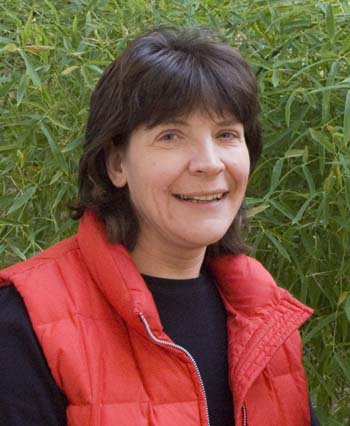Research Finds Children Exposed To Lead Pollution

Young children are still being exposed to lead pollution from vehicles according to research from Lancaster University.
Despite the removal of lead from petrol in 1986, toxic blood levels in children continue to be reported in urban areas. Lead is a significant neurotoxin, posing some health risk at any level of exposure, particularly with regard to brain and kidney damage, hearing impairment and cognitive development in children.
Professor Barbara Maher from the Lancaster Environment Centre, Catherine Moore from the University of East Anglia and Dr Juergen Matzka from the Danish Meteorological Institute analysed roadside tree leaves from a dual carriageway with 30,000 vehicles a day.
They found that concentrations of lead and iron particles were highest at the height of a small child – 0.3m – and also at adult head height which is between 1.5 and 2m. This means that monitoring station collectors placed at 3m above the surface significantly under-estimate kerbside, near-surface lead concentrations. These results indicate that vulnerable groups, especially young children, continue to be exposed to fine, lead- and iron-rich, vehicle-derived particulates.
High levels of trace metals are implicated in lung disease and central nervous system disorders ranging from learning disorders to dementia and possibly even Alzheimer’s disease.
Critically, highest pollutant values occurred on tree leaves next to uphill rather than downhill road lanes.
Professor Barbara Maher said her research had shown that roadside trees improve health by protecting people from pollution.
"Urban and roadside trees may be an under-used resource both in terms of acting as natural 'pollution monitors' and actively screening people, especially, children and the already ill, from the damaging health effects of particle pollution."